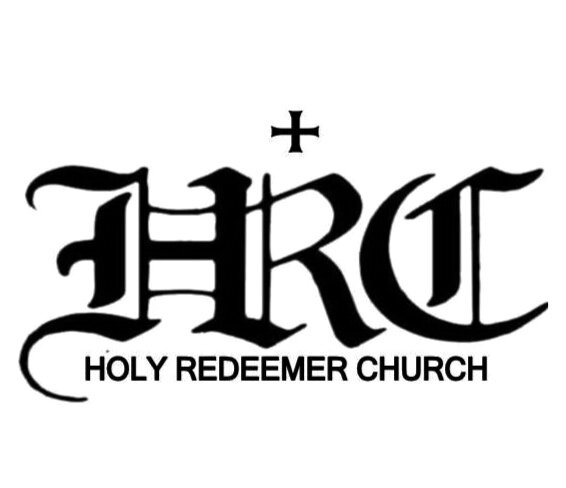Why do Catholics receive Communion at every Mass?
The Eucharist, also known as Holy Communion, has its roots in the Last Supper, when Jesus shared bread and wine with His disciples and said, “This is my body... this is my blood... do this in memory of me" (Luke 22:19-20). This moment is considered the institution of the Eucharist and is the foundation of Catholic belief in the Real Presence- that Jesus is truly present in the consecrated bread and wine.
In the early Church, Christians gathered in homes to celebrate the Eucharist, often alongside a communal meal. By the second century, the structure of the Mass began to develop, influenced by Jewish synagogue worship and the writings of early Church Fathers like St. Justin Martyr, who described the Eucharistic celebration in detail.
Throughout history, the Church deepened its understanding of the Eucharist. At the Council of Trent (1545-1563), the Church reaffirmed the doctrine of transubstantiation— that the bread and wine truly become the Body and Blood of Christ, even though they still look and taste like bread and wine.
The Eucharist remains the source and summit of Catholic life, celebrated daily around the world, connecting Catholics with Christ and one another across time and space.
How Catholics Receive Communion
1. Preparation Before Mass
a. Catholics must be baptized and believe in the Real Presence of Jesus in the Eucharist.
b. They should be in a state of grace-free from mortal sin (if needed, this means going to Reconciliation/Confession before receiving Communion).
c. They must observe the Eucharistic fast-not eating or drinking (except water or medicine) for at least one hour before Communion.
2. Participation in the Mass
a. During the Mass, Catholics join in prayer, listen to Scripture, and take part in and listen closely to the Eucharistic Prayer where the bread and wine are consecrated-believed to become the Body and Blood of Christ.
3. Approaching to Receive Communion
a. When it's time for Communion, people process forward in an orderly line.
b. As they approach the priest or minister, they show a sign of reverence (usually a bow or genuflection).
4. Receiving the Eucharist
a. The Priest, Deacon, or minister says, "The Body of Christ," and the person responds, "Amen." which means "I believe".
b. Communion can be received on the tongue or in the hand and kneel or stand depending on personal choice.
5. After Receiving
a. After receiving, they return to the pew quietly without stopping to chat with others and spend a few moments in silent prayer and thanksgiving, reflecting on the presence of Christ within them.
Why Do Catholics Receive Communion?
To Be United with Jesus: Catholics believe that in receiving the Eucharist, they are receiving the actual Body and Blood of Christ, not just a symbol.
To Grow Spiritually: Communion nourishes the soul, strengthens faith, and helps Catholics become more like Christ.
To Be United with the Church: Sharing in the Eucharist brings unity with the whole Church-those present, those around the world, and even those in heaven.
Because Jesus Commanded It: At the Last Supper, Jesus said, "Do this in memory of me" (Luke 22:19). Catholics continue this sacred tradition in obedience to His command.
Peace,
Deacon Bill Turner

